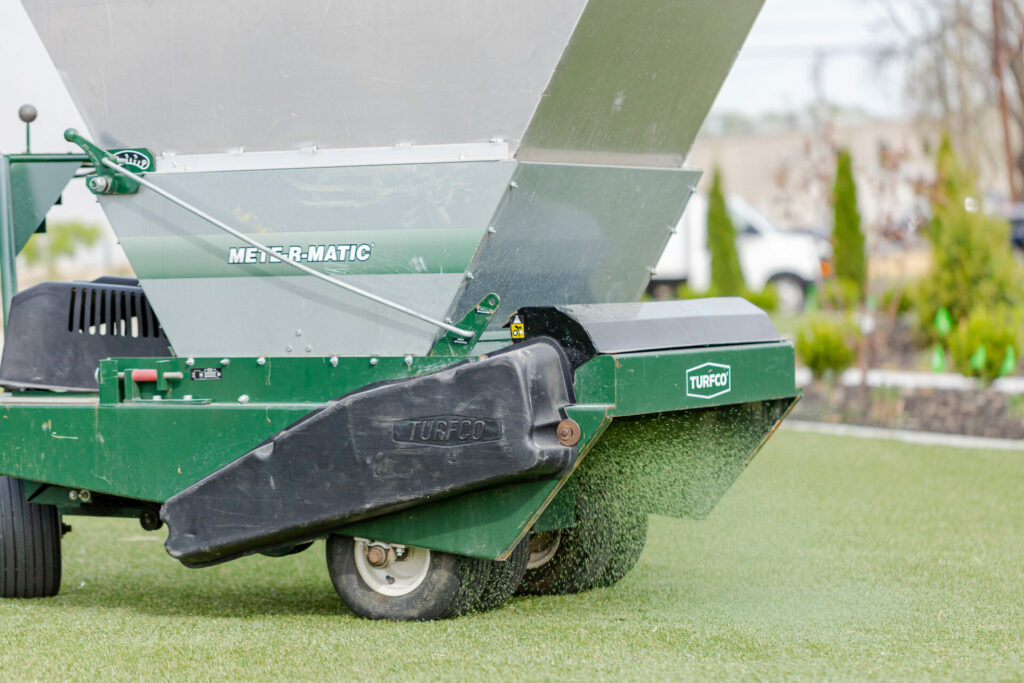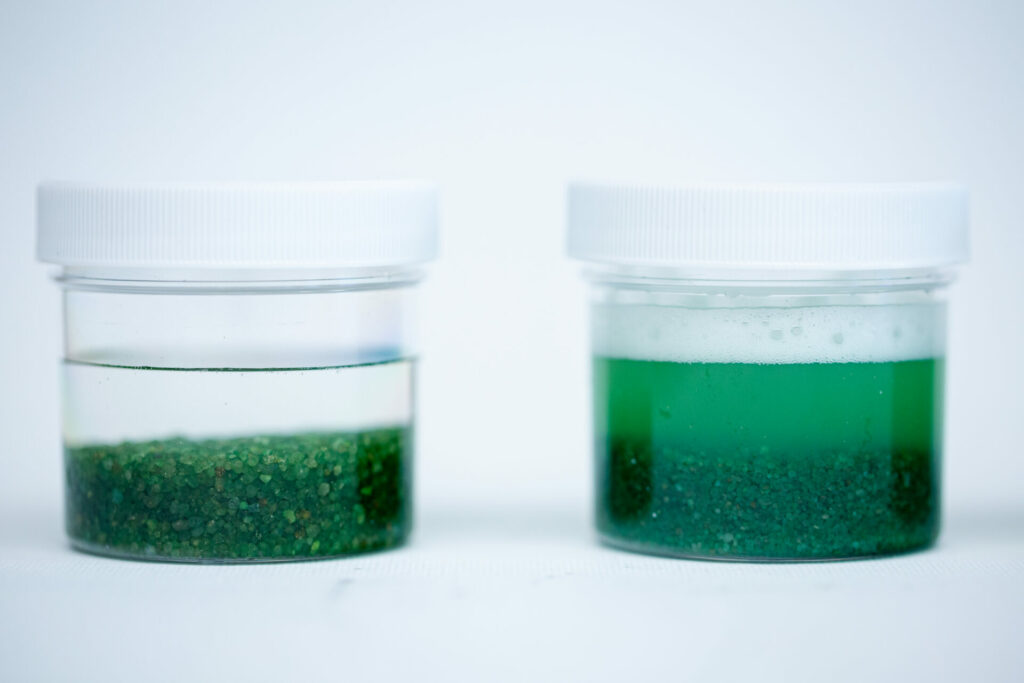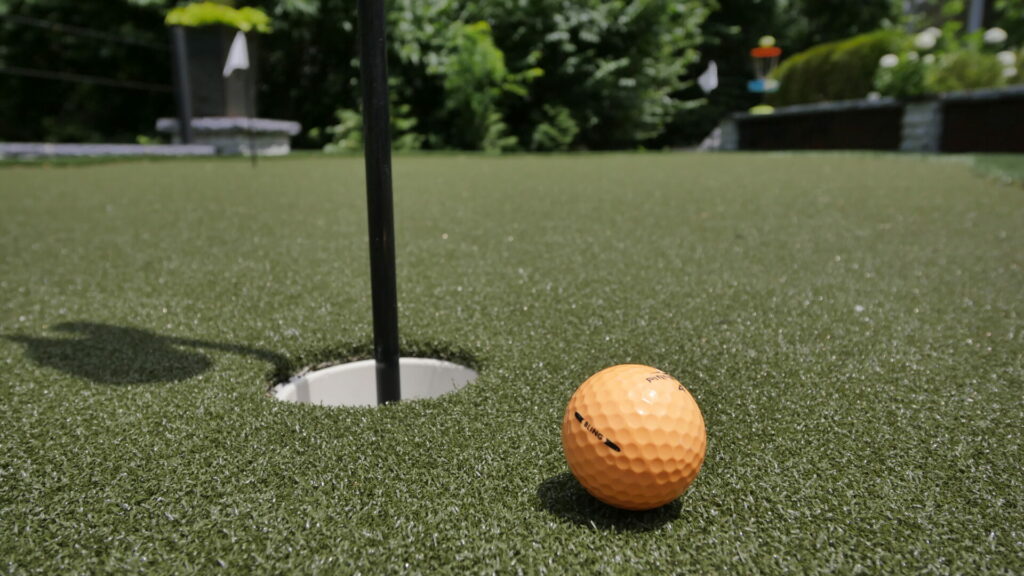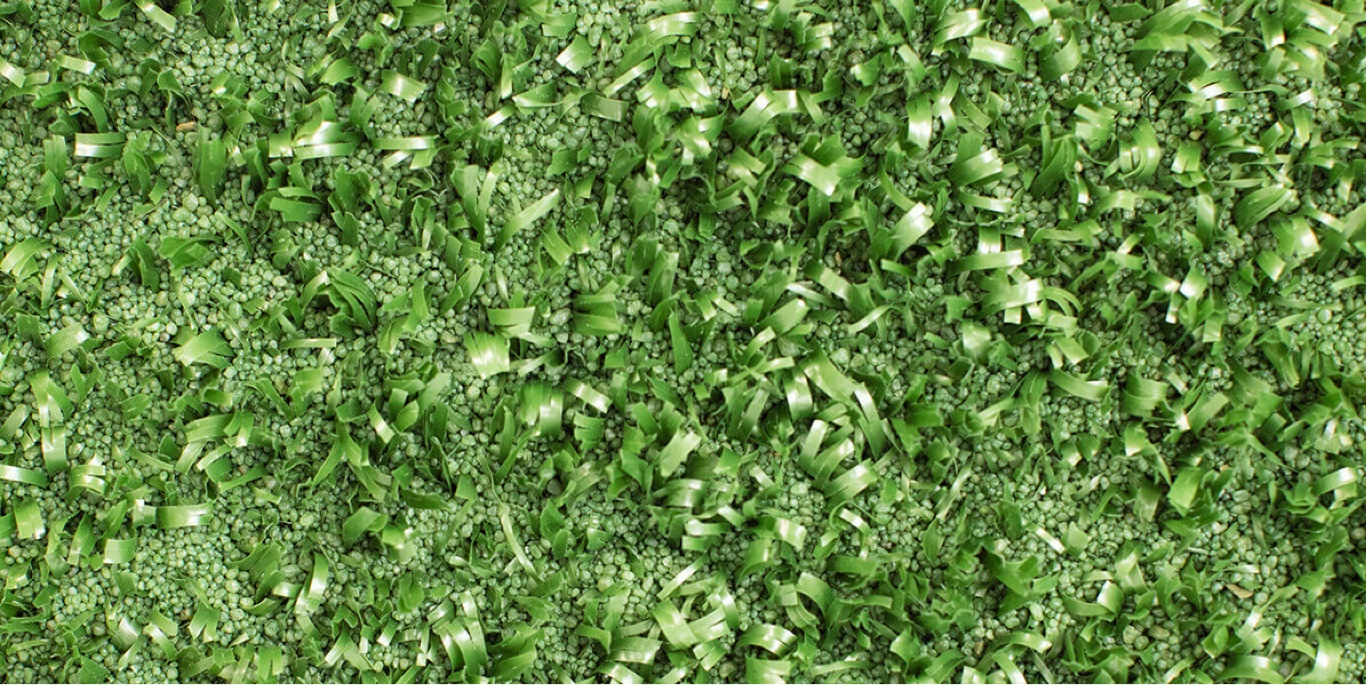
Infill Landscape Blog
Subscribe To Email Updates
Subscribe to our weekly newsletter and we’ll send updates straight to your inbox
This Sustainable Landscape Architecture Trend Isn’t Going Away
Good landscape architecture has always been about where functionality meets inspiration. That’s true.
But these days? Good landscape design includes sustainability, too.
Because our world is changing.
As our environment shifts, we must respond by changing how we design urban landscapes. Sustainability is more than a buzzword now — it’s here to stay. So it’s no surprise that we’re seeing more and more savvy designers focus on sustainability in their commercial landscape projects.
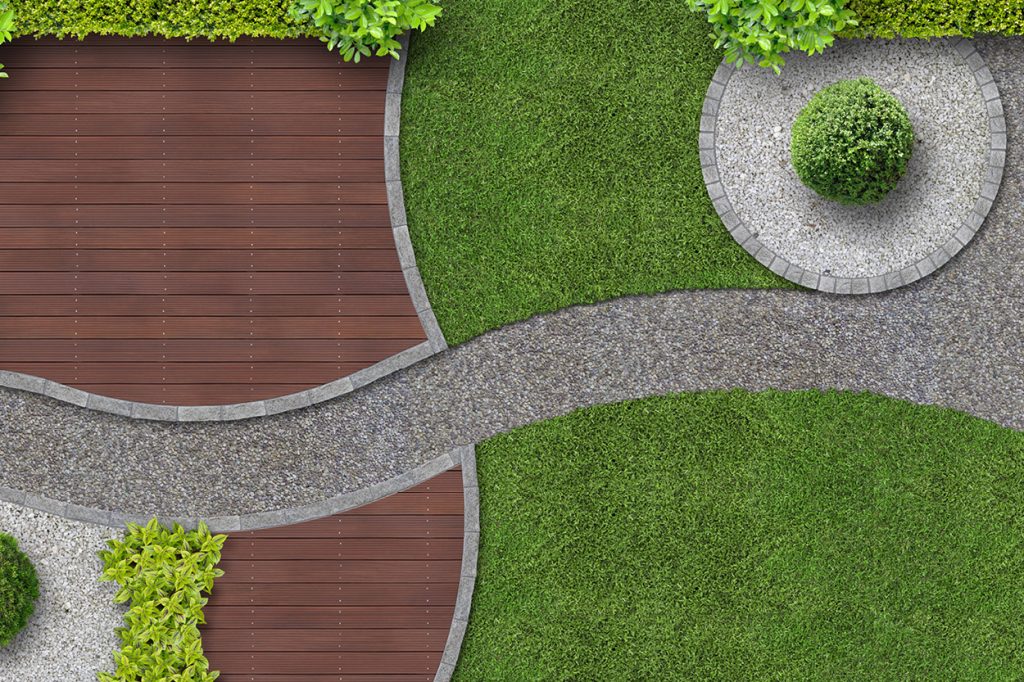
Modern landscape architects are faced with the challenge of balancing clients’ desires and building environments that will be high-performing both today and tomorrow.
It’s a lot to keep up with.
But luckily, for every sustainability issue we’re faced with, smart designers are finding solutions.
So let’s look at one of the biggest sustainability hurdles for commercial landscape projects: natural grass.
The problem with natural grass
Maintaining manicured green spaces may win you nods of approval from the neighborhood busybody. But it also means umpteen hours spent mowing, obscene amounts of water, and everyone’s favorite chore: killing unwanted weeds.
All so we can imitate European royalty. (Who knew?)
Which is enough to contend with when it comes to our own lawns.
But when it comes to commercial landscapes like our park systems, education institutions, and multi-use areas? When you put on your sustainability lens, those trim and tidy green expanses begin to make even less sense.
Pesticide-free outdoor spaces
Fighting invasive plants and weeds to keep public spaces groomed and accessible has always been a challenge.
But it may soon become even tougher: a growing number of cities and states are moving toward banning the controversial weed killer glyphosate — the active ingredient in Roundup®.
While it’s one of the most commonly used pesticides in the world, a growing body of evidence links glyphosate to negative effects on humans, pollinators like butterflies and bees, and…pretty much our entire ecosystem. Yikes.
As more communities and park systems ban glyphosate, pesticide-free landscape management practices will continue to evolve.
Here are some ways commercial landscape architects are adapting.
3 sustainable alternatives to using pesticides in commercial spaces
1. Switch to organic herbicides and manual weeding
Some communities are experimenting with organic herbicides. Plus, they’re returning to weeding by hand. The upside of these alternatives: they’re simple to implement, and they don’t require changing anything except your approach to maintenance.
But the downside is a higher price tag and a larger labor force to keep things looking sharp…so these aren’t ideal methods to depend on for low-maintenance design.
2. Grow more native plants
Here’s a lower-maintenance alternative to pesticides: plant what thrives in your area. Native plants have evolved over thousands of years to grow in harmony with your local environment, provide a safe space for birds and butterflies, and even improve local air quality.
The best part of using native plants in parks and other public spaces? They’ll flourish in their local environment without much intervention — which makes them naturally low-maintenance.
3. Swap natural grass lawns, fields, and play surfaces for low-maintenance alternatives
Maybe you’re starting fresh, designing a brand new outdoor space. Or maybe you’re redesigning a space. Either way, if you start by choosing the surfaces themselves, you’re already ahead of the pesticide-free curve.
Whether you’re designing a playground, an athletic field, a pet-friendly space, or a flexible-use area, it’s all about balancing needs. Low-maintenance is typically a high priority for the crews who will be taking care of the space, while safety and comfort are typically high priorities for those who will be enjoying the space.
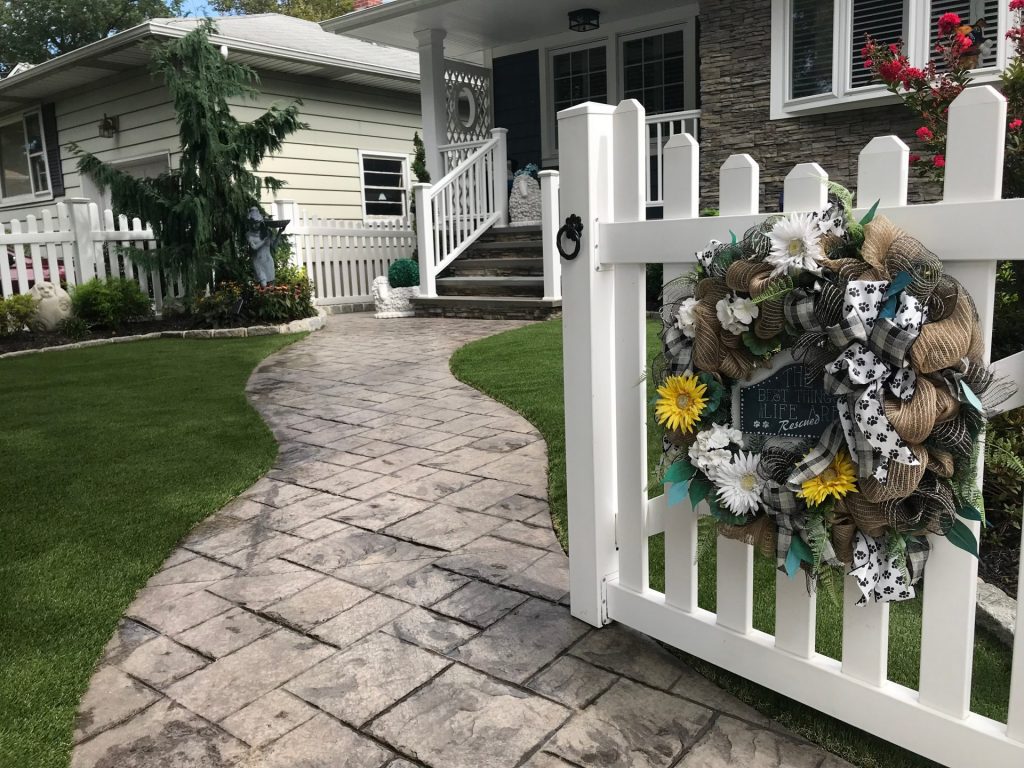
So how can you eliminate pesticide use while still designing safe, comfortable, low-maintenance spaces?
Artificial turf is gaining popularity in commercial spaces as a solution to pesticide-heavy natural grass.
Landscape designers who want to create spaces that are simple to maintain, pesticide-free, and stay tidy and lovely all year round are turning to artificial turf.
Here are a few examples of commercial spaces artificial turf is ideal for:
- Playgrounds
- Athletic fields
- Golf courses
- Pet-friendly parks
- Multi-use fields
- Institutional and education campuses
Considering artificial turf for a commercial landscape project? You’ll want to choose an artificial turf infill that matches your priorities.
Think of it like this: infill is to artificial turf like soil is to natural grass. It’s a vital ingredient for a high-quality artificial turf system. And it’s an important ingredient to choose thoughtfully. Because no matter how the space is used, it’s likely folks will get up close and personal with the infill. Athletes will sprint and slide across the field. Children will play tag. Families may spread out picnic blankets.
Which means you want to trust the infill is not only low-maintenance and durable, but is also free of toxins and 100% safe to play on.
What do you think? Are you on board with creating sustainable, pesticide-free outdoor spaces?
Curious to learn more?
Discover our two infill options for your next artificial turf project:
Meet Safeshell, our 100% organic infill option. Our clients love that Safeshell is allergen-free, keeps synthetic turf cool, and is formulated exclusively from US grown walnuts.
Meet Envirofill, also toxin-free. Our clients love that Envirofill is the only infill on the market infused with Microban® — antimicrobial protection against bacteria growth (which makes it ideal for outdoor spaces with kids and pets).
Find out if Safeshell or Envirofill is the right fit for your next sustainable landscape project today.
Similar Blogs
